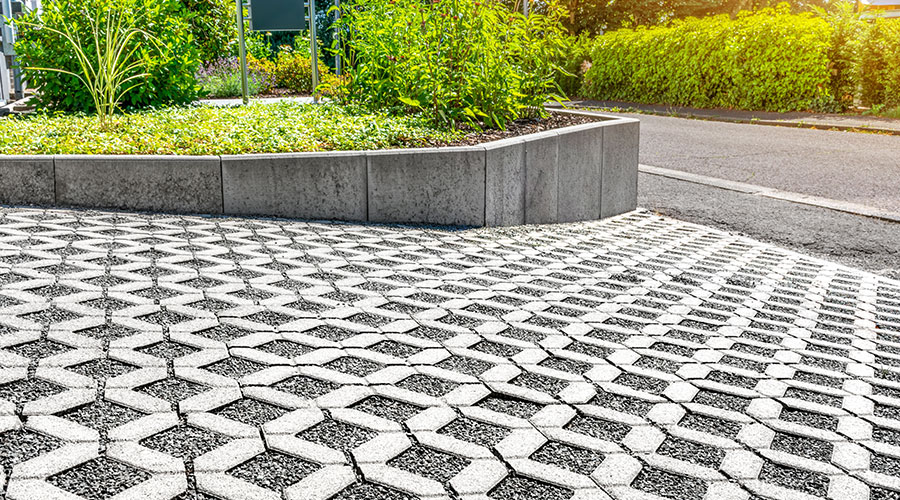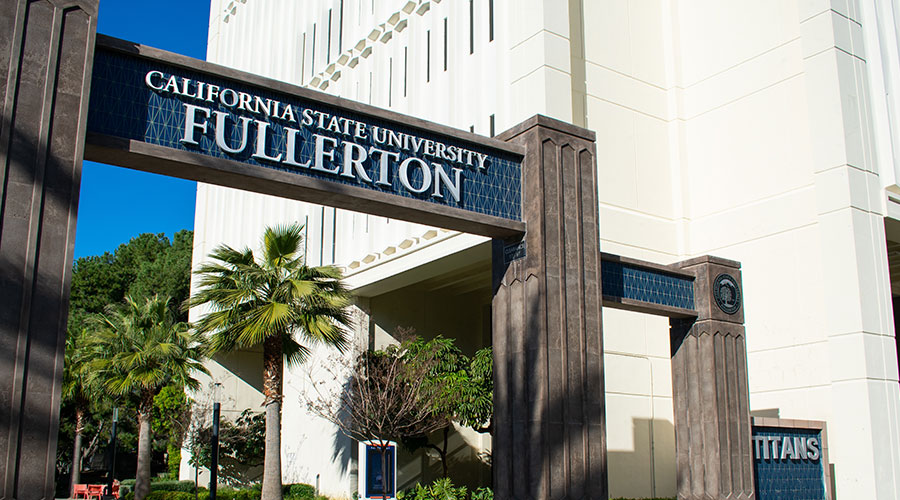Considering Low-Carbon Cement Options
Researchers at the University of Saskatchewan investigate biochar-concrete’s potential to meet material demands and reduce carbon emissions.
By Annie Celentani, Contributing Writer
The need for concrete at institutional and commercial facilities continues to rise as infrastructure for ever-evolving urbanization expands. Meanwhile, emissions remain a concern worldwide, and cement manufacturing is currently estimated to account for 8 percent of total global carbon emissions. This clash is a major dilemma, as the demand for investments in physical infrastructure could reach $106 trillion by 2040.
Ravi Patel, a PhD student at the University of Saskatchewan, is working on a solution – he’s researching the application of biochar as an environmentally-friendly replacement for cement to help reduce the concrete industry’s carbon emissions.
What is biochar?
Biochar is a fine, carbon-rich powder yielded from burning biomass — in this case, the non-edible components of plant waste like flax or wheat straw, in a low-oxygen environment. While biochar is already acclaimed for its purifying properties and contributions to soil optimization, Patel and his colleagues have found that incorporating biochar into concrete cuts down on cement needs while trapping the carbon content of the plant matter.
Biochar “provides a stable form of carbon which can be trapped into concrete structures for several decades,” Patel says. Its promising potential as a means to slash carbon emissions both from concrete producers and raw materials makes biochar an exciting watch item for facility managers to incorporate into their project plans.
To test the functionality of biochar in concrete, Patel and his colleagues mixed differing amounts of the substance into concrete, assessing how the samples tolerated the real-life stressors concrete endures. They then looked at the inner structures of the concrete samples and found that those including biochar had improved strength and fewer pores compared to those without.
As for biochar’s potential future in construction materials, precision will be key in safely determining its usability.
“Biochar greatly influences workability, setting time, and mechanical properties of concrete, which need to be carefully monitored. These properties can be tailored depending upon the end application,” Patel shares. The “quality,” he details, as well as the “physical and chemical properties of biochar, should be studied meticulously before putting it into the cement.”
Biochar benefits
Institutional and commercial facilities all over the world are facing pressure to reduce their carbon emissions while sustaining growth. According to “2024 CDP disclosure data,” 84 percent of public companies are keeping or increasing their goals to reduce their carbon footprints.
The urgency behind these goals could create an ideal opportunity for biochar to really shine, because biochar-concrete’s potential to reduce the cement industry’s footprint can help companies to achieve environmental and sustainability targets, Patel says. Using materials made with reduced carbon emissions is a way companies can earn eligibility for green building credit programs, and biochar-concrete could soon become a material of choice.
Biochar’s benefits may also extend to energy efficiency. Using biochar might achieve “better heat and moisture regulations in the infrastructure,” says Patel, “which can reduce the potential energy cost in ventilation.” He mentions that biochar-concrete’s “resilient design for climates with high temperature fluctuations/moisture issues is gaining attention, and that this is where biochar could serve as “a cheap alternative compared to expensive petroleum-based additives.”
In terms of structural soundness, biochar could add strength to concrete that’s unmatched by cement. Some studies suggest “biochar-concrete is less prone to cracking and/or corrosion,” Patel says, leading to enhanced building lifespan, fewer repairs, and less maintenance. He explains that biochar “... improves concrete mechanical and certain durability properties (by acting) as an internal moisture regulating agent which eventually helps concrete to cure better over time and aids in filling voids in the concrete matrix.” Thus, the inclusion of biochar makes the internal structure of the concrete stronger and more durable.
Helping humanity
The benefits of biochar span more than materials. Biochar production helps local farmers by giving them an opportunity to “generate a local economy and provide value for their waste materials,” says Patel. Therefore, companies who incorporate biochar into their sustainability efforts or purchase carbon credits from farmers who earn the credits from biochar production aren’t just keeping plant waste out of landfills but helping people thrive.
Patel wants facility managers to know that biochar is just one potential environmentally friendly cement option to keep on their radar.
“As the regulations are tightening and demand for net-zero buildings are increasing, other alternatives should be studied,” says Patel, whose research includes a range of supplementary cementitious materials (CSMs). He recommends facility managers consider flyash, spent clay, and other bio-derived materials like cellulose-based products and possibly hybrid combinations. Whatever the material, “long-term strength and durability properties for concrete should be reviewed carefully,” Patel says.
Annie Celentani is a freelance writer based in Milwaukee.
Related Topics:











